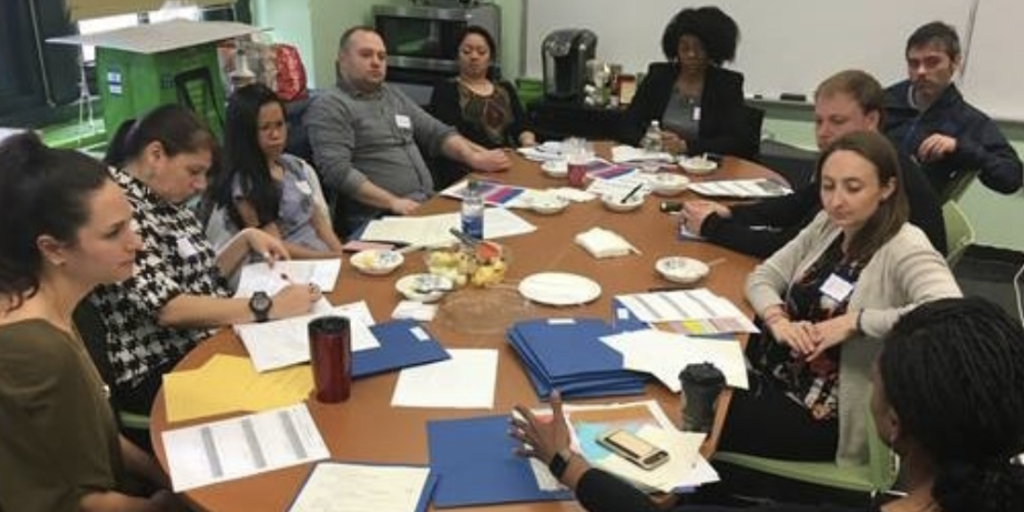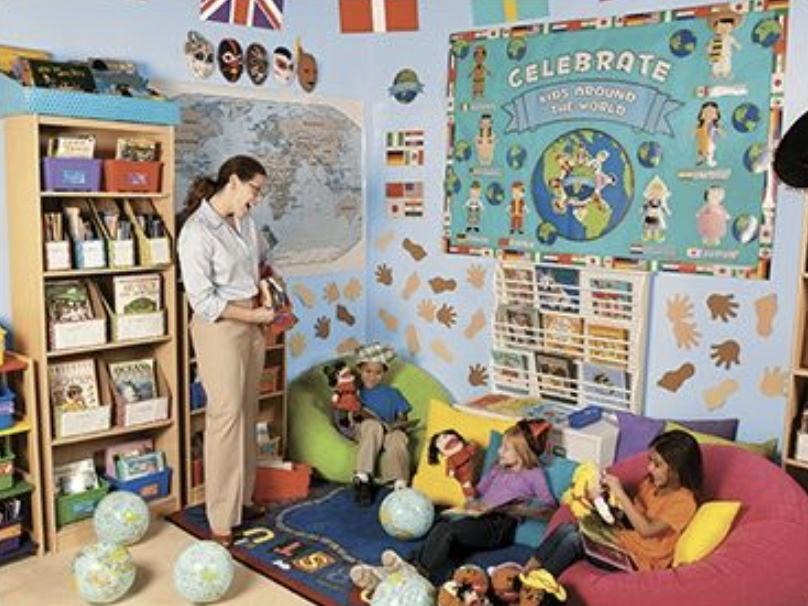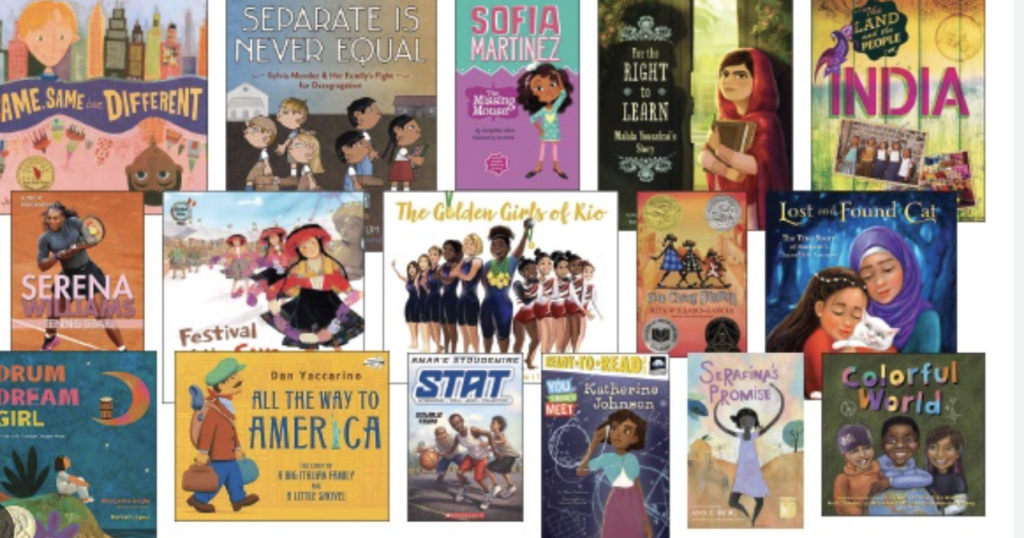Community meetings:
Bring awareness of what culturally responsive teaching is and how it can positively influence children’s lives. Invite members of the community, families, and even school officials. We can begin by asking them if they feel heard or welcomed in their children’s classroom. This will allow for a open conversation in where everyone can voice their feelings/ perspectives and then as a group we can figure out how we can begin implementing this change in the classrooms.

Use Social Media:
Make a flier for others to see. Incorporate different cultural backgrounds to bring awareness of what we are trying to bring attention to.

Attend a Town Hall Meeting:
It is always best to keep getting educated on the topic you are strongly supporting, you may receive information you did not know about or take the opportunity to challenge Education Administrators by questioning them about why they lack the importance of being more open to a culturally responsive curriculum.
Informational Materials in Classrooms:
Ensuring that children’s classrooms having books, digital resources, artwork that highlight the importance of culturally responsive teaching.

Provide Resources:
Offer resources to student’s caregivers and families about the importance of culturally responsive teaching on students’ social-emotional development in early childhood education. This can be through articles, fliers, or online resources to help them further educate themselves outside the classroom.
